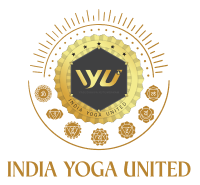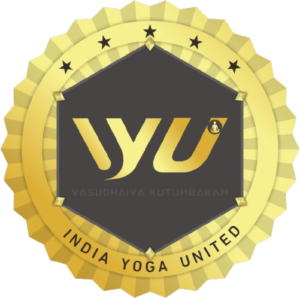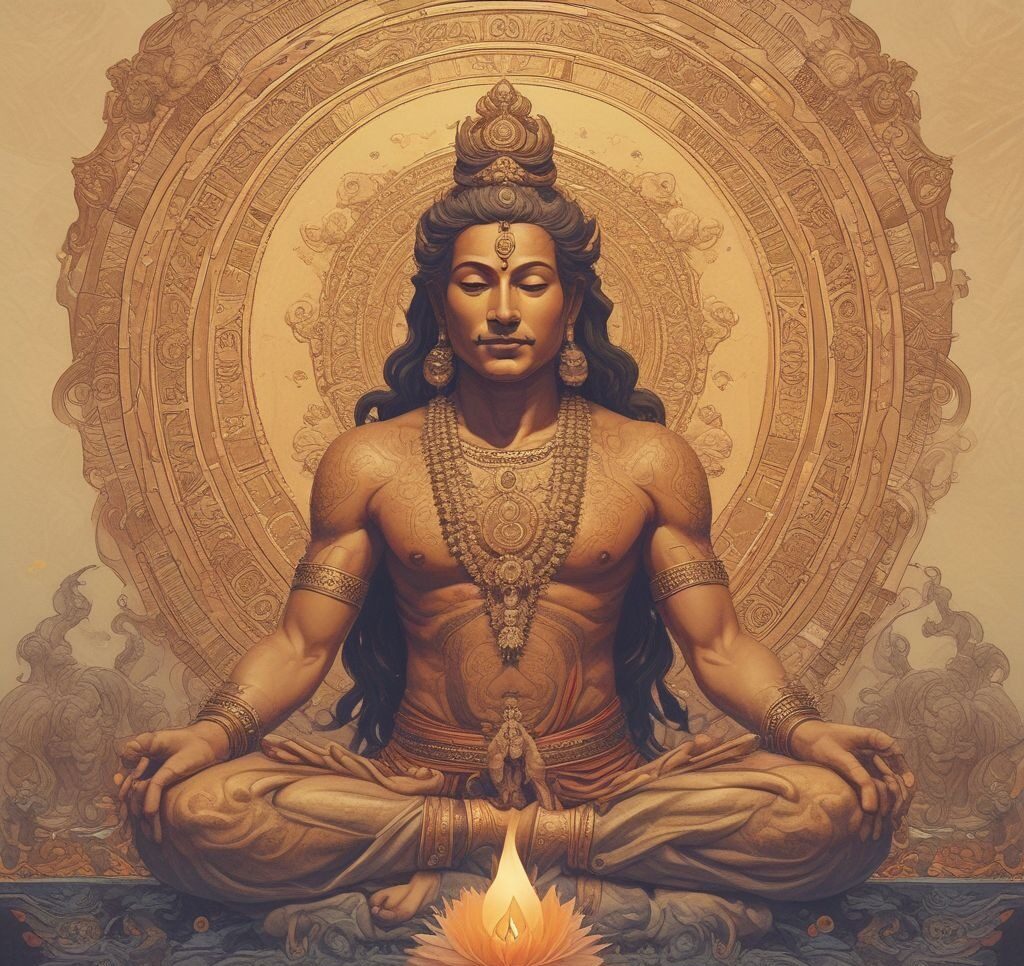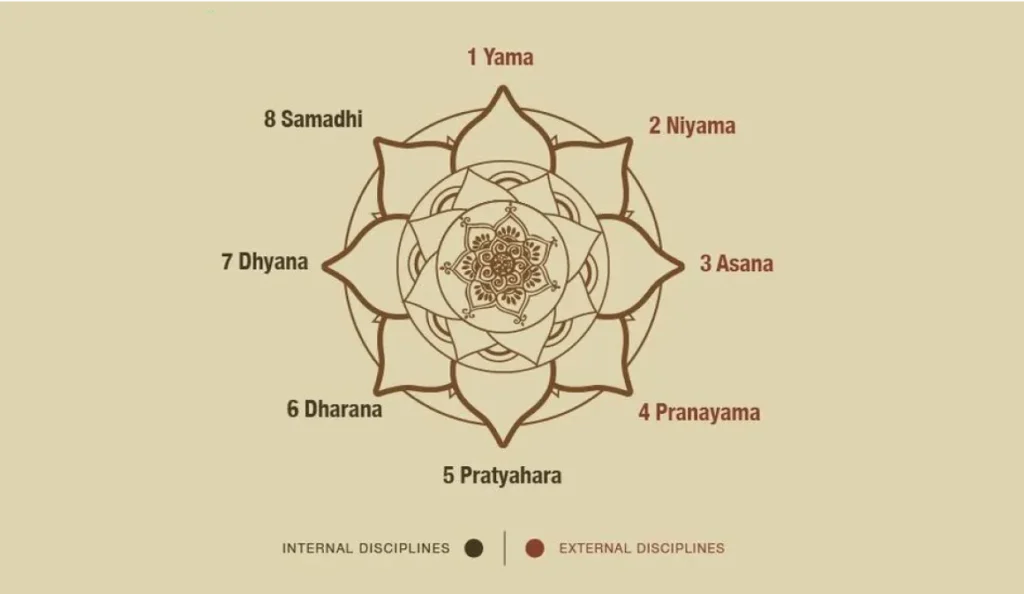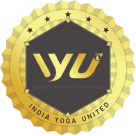Yoga is more than just a practice; it’s a journey towards physical health, mental clarity, and spiritual growth. If you’re new to yoga and feeling a bit overwhelmed, don’t worry! This step-by-step guide will help you get started on your yoga journey with ease and confidence.
Step 1: Understand the Basics of Yoga
Before you roll out your mat, it’s essential to understand what yoga is all about. Originating in ancient India, yoga combines physical postures (asanas), breathing techniques (pranayama), meditation, and ethical principles to promote overall well-being. There are various styles of yoga, including Hatha, Vinyasa, Ashtanga, and Yin, each offering different approaches and benefits.
Key Benefits of Yoga:
• Increased Flexibility: Regular practice helps improve flexibility and range of motion.
• Strength Building: Many poses engage multiple muscle groups, enhancing strength.
• Stress Relief: Yoga promotes relaxation and can help reduce anxiety and stress levels.
• Enhanced Focus: The meditative aspect of yoga improves concentration and mental clarity.
Step 2: Choose the Right Style
With so many yoga styles available, choosing one that suits your needs and preferences is essential. Here’s a brief overview of some popular styles:
• Hatha Yoga: A gentle introduction to basic yoga postures, ideal for beginners.
• Vinyasa Yoga: A dynamic style that links breath with movement, suitable for those looking for a more energetic practice.
• Yin Yoga: A slow-paced style that involves holding poses for longer durations, focusing on deep stretching and relaxation.
• Restorative Yoga: A soothing practice that uses props to support the body in restful poses.
Tip: Try Different Classes
Consider attending a few classes of different styles to see what resonates with you. Many studios offer beginner classes or introductory packages.
Step 3: Gather Your Equipment
You don’t need much to start practicing yoga, but a few essential items can enhance your experience:
• Yoga Mat: A non-slip mat provides cushioning and support.
• Comfortable Clothing: Wear breathable, stretchy clothes that allow for movement.
• Props: Blocks, straps, and bolsters can help you achieve proper alignment and support in poses.
Step 4: Find a Comfortable Space
Creating a calm and inviting space for your practice can make a big difference. Choose a quiet area in your home or find a nearby studio. Make sure the space is clean, well-lit, and free from distractions. You can also enhance your practice with soft music, candles, or essential oils.
Step 5: Start with Basic Poses
As a beginner, it’s best to start with foundational poses that build your strength and flexibility. Here are a few essential poses to get you started:
1. Mountain Pose (Tadasana): A standing pose that promotes good posture and alignment.
2. Downward-Facing Dog (Adho Mukha Svanasana): A full-body stretch that strengthens the arms and legs.
3. Child’s Pose (Balasana): A resting pose that helps to release tension in the back and shoulders.
4. Warrior I (Virabhadrasana I): A powerful pose that builds strength in the legs and opens the hips.
5. Cobra Pose (Bhujangasana): A gentle backbend that strengthens the spine and opens the chest.
Tip: Focus on Your Breath
Breathing is a crucial aspect of yoga. Practice inhaling deeply through your nose and exhaling slowly, allowing your breath to guide your movements.
Step 6: Establish a Regular Practice
Consistency is key to reaping the benefits of yoga. Aim to practice at least 2-3 times a week, whether in a class or at home. As you become more comfortable with the poses, you can gradually increase the duration and intensity of your practice.
Step 7: Listen to Your Body
Yoga is not about pushing your limits but about connecting with your body. Pay attention to how you feel during your practice, and don’t hesitate to modify poses or take breaks when needed. It’s perfectly okay to have an off day; what matters is showing up for yourself.
Step 8: Explore Further
As you grow more confident in your practice, consider exploring new styles, attending workshops, or even obtaining a yoga certification if you feel called to deepen your knowledge. The yoga community is supportive and welcoming, and there’s always more to learn.
Conclusion
Starting your yoga journey can be both exciting and daunting, but with this step-by-step guide, you’re well on your way to cultivating a fulfilling practice. Embrace the process, be patient with yourself, and most importantly, enjoy the journey. Remember that yoga is a personal experience, and it’s all about finding what works best for you. Here are a few additional tips to keep in mind as you embark on your yoga journey:
Additional Tips for Beginners
1. Set Intentions
Before each practice, take a moment to set an intention. This could be something you want to focus on, such as gratitude, self-love, or mindfulness. Setting intentions helps to create a deeper connection to your practice and can enhance your overall experience.
2. Join a Community
Consider joining a local yoga class or an online community. Surrounding yourself with like-minded individuals can provide support, motivation, and friendship. Many studios also offer workshops and events that can deepen your practice and understanding of yoga.
3. Explore Meditation
Incorporating meditation into your routine can complement your yoga practice beautifully. Start with just a few minutes of mindfulness or guided meditation to help calm your mind and enhance your focus. This practice can help you become more present on and off the mat.
4. Keep a Journal
Documenting your yoga journey can be incredibly beneficial. Reflect on how you feel before and after each session, note any challenges you face, and celebrate your progress. Journaling can help you stay motivated and track your growth over time.
5. Be Patient and Kind to Yourself
Yoga is a lifelong journey, and progress may not always be linear. There will be days when you feel strong and flexible, and others when you may struggle. Remember to be patient with yourself and embrace where you are in your journey. Each practice is an opportunity for growth and self-discovery.
6. Educate Yourself
Read books, watch instructional videos, or follow yoga blogs to deepen your understanding of yoga philosophy, anatomy, and different styles. The more you learn, the more you can enrich your practice and cultivate a deeper connection to yoga.
Final Thoughts
Yoga is a beautiful practice that offers a multitude of benefits for your body, mind, and spirit. As a beginner, the key is to approach it with an open heart and a sense of curiosity. Remember that every yogi was once a beginner, and the most important part is to enjoy the journey.
As you continue to explore and grow in your practice, you’ll find that yoga becomes a source of strength, peace, and joy in your life. So, roll out your mat, take a deep breath, and step into the wonderful world of yoga. Your journey starts today!
Resources to Explore
• Yoga Apps: Consider downloading apps like Down Dog, Yoga for Beginners, or Glo for guided sessions at your convenience.
• YouTube Channels: Channels such as Yoga with Adriene and Fightmaster Yoga offer free classes for all levels.
• Books: Look for beginner-friendly books like “Light on Yoga” by B.K.S. Iyengar or “The Heart of Yoga” by T.K.V. Desikachar.
Embrace the journey, trust the process, and let yoga transform your life.

